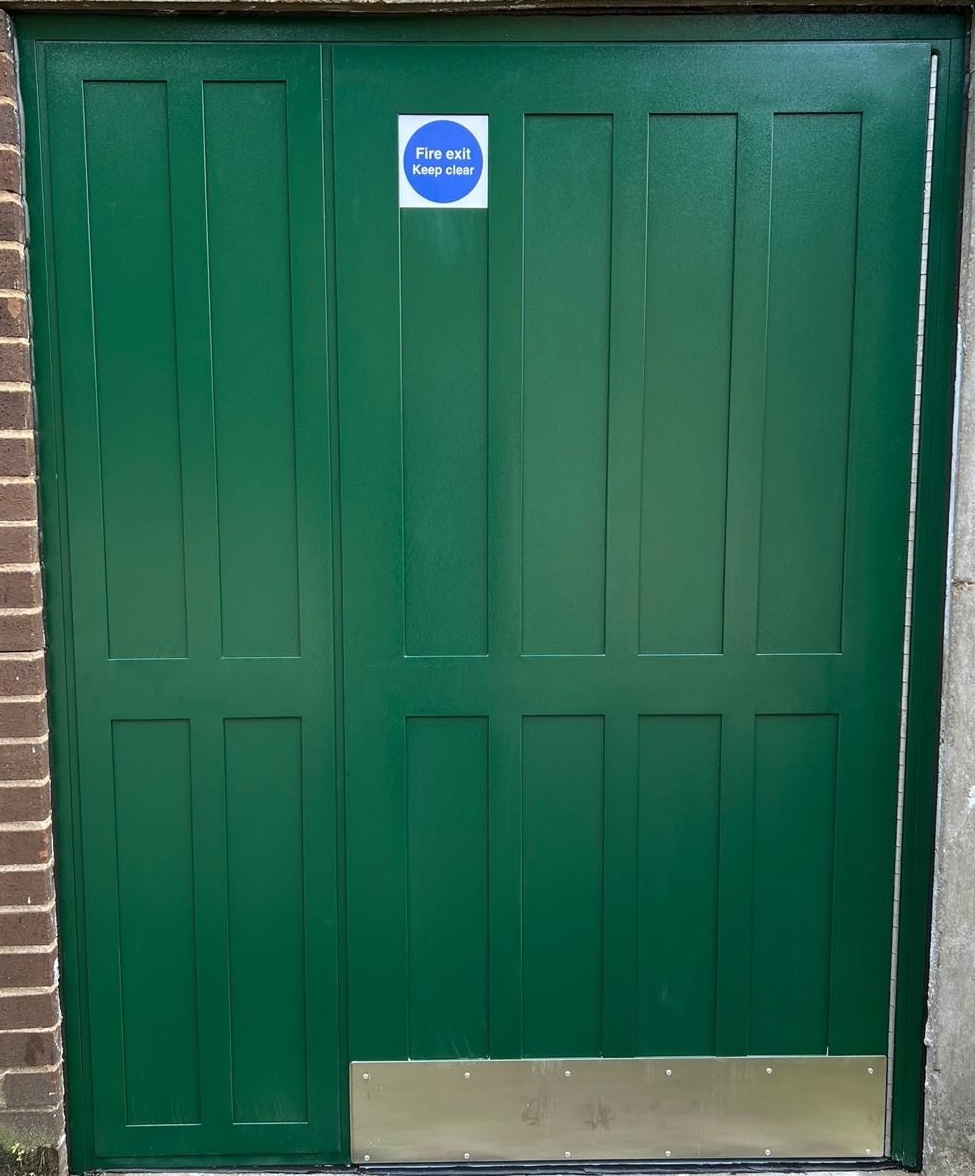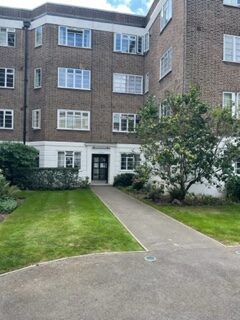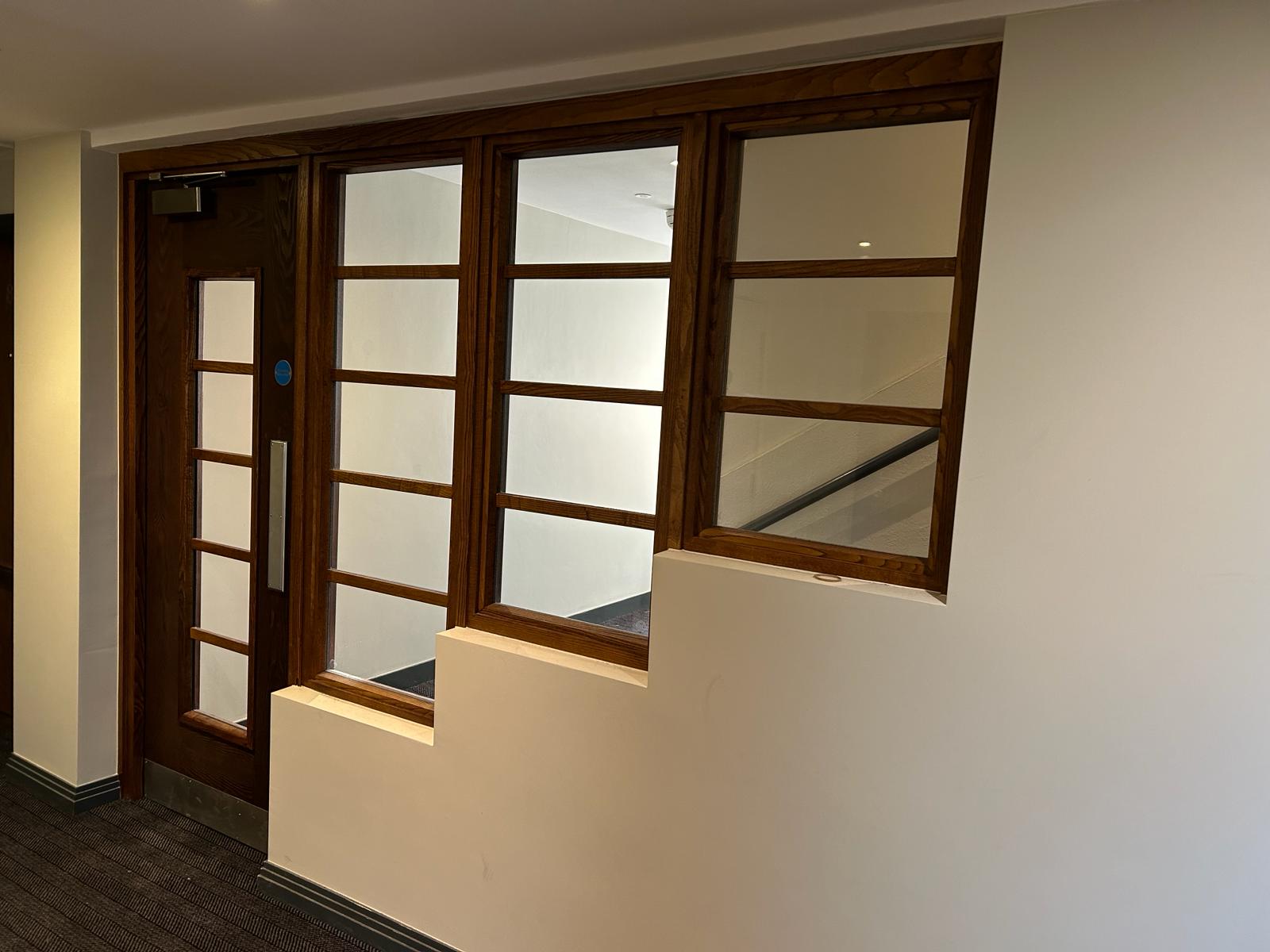Which standards apply to fire doors?
National building regulations describe how our built environment should perform in the event of a fire, but standards describe how products and components should be tested to check that performance is achieved.
When researching fire doors, the wide array of door-related standards generally can be confusing. In terms of fire performance, BS 476, EN 1634 and BS 8214 are the most important documents.
This blog post is intended as an overview of those standards only. Of course, depending on where and how a door is being used, other standards may become relevant.
What is BS 476?
British Standard 476 is split into many different parts, all of which detail fire test methods for different construction products.
For fire doors, the most commonly referenced test is detailed in part 22 and is done on the entire door unit to check that all of the components work together. This is the test that determines the FD30, FD60 etc. rating that is so critical to specification.
What that rating doesn’t do is address smoke leakage. Different seals are needed to help a fire door deal with smoke, and the respective testing is covered by part 31 of BS 476. Passing this test adds an (S) to the fire door’s rating, and means it can be used in any situation where combined fire resistance and smoke leakage performance is required; for example, FD30(S).
What is EN 1634?
This European Standard covers testing for fire resistance and smoke leakage, and the methods generate results that bear inevitable similarities to the BS 476 testing. Fire resistance is given an integrity rating, E, in terms of duration. Smoke leakage, meanwhile, uses a Sa suffix.
A fire door tested to EN 1634 might, therefore, be rated E30 or E60Sa, for example.
These similarities lead to suggestions that the classifications are equivalent to one another, but it’s important to remember that national classifications do not automatically equate to a European Standard. If an EN 1634 designation is required then the fire door must have been tested accordingly.
BS 8214
Revised in 2016, this document is a code of practice for “timber-based fire door assemblies” and gives recommendations for their specification, installation and maintenance. It is referenced by other industry documents and third party certification schemes. Its recommendations apply to fire performance and smoke control but do not cover security, ergonomics or other functional performance.
Are fire doors CE marked?
CE marking gives confidence that construction products meet the standards they claim to meet. Harmonised standards create a level playing field for manufacturers, installers and specifiers, and limit the potential for dangerous non-CE marked products to enter the supply chain.
There are European Standards which allow for the CE marking of windows and exterior doors, but there is currently no harmonised standard for interior doors. For that reason, third-party accreditation remains the best means of ensuring an internal fire door does what it claims.
For more information on British and European fire door standards, download our new ‘Guide to Fire Door Performance’ today.
About Soundcraft
Fire doors supplied by Soundcraft are compliant with British Standards and supported by the Q-Mark fire door installation scheme.
For more information on fire door installation, contact our technical team on 0800 988 1875 or email technical-sales@soundcraft-doors.co.uk




